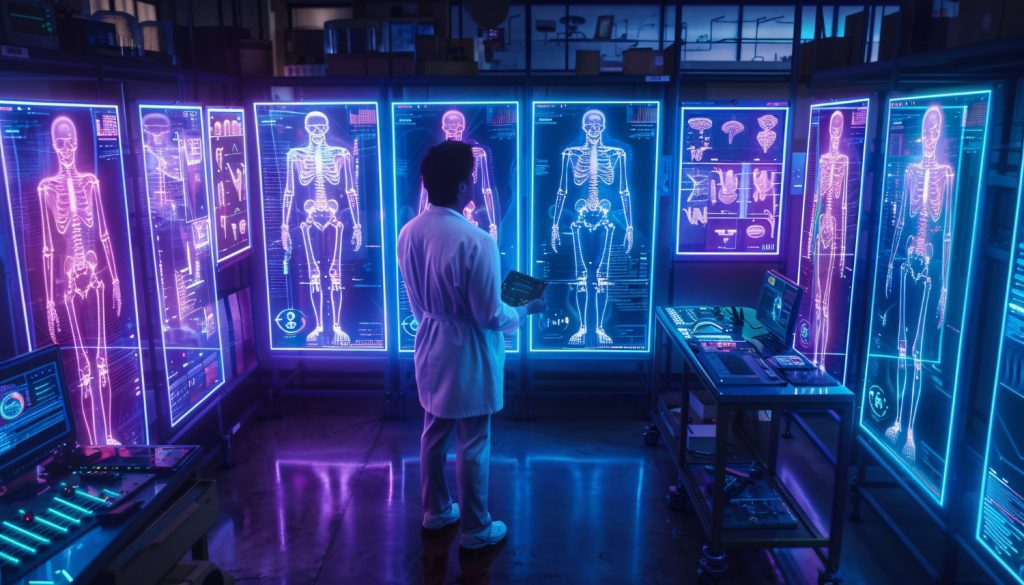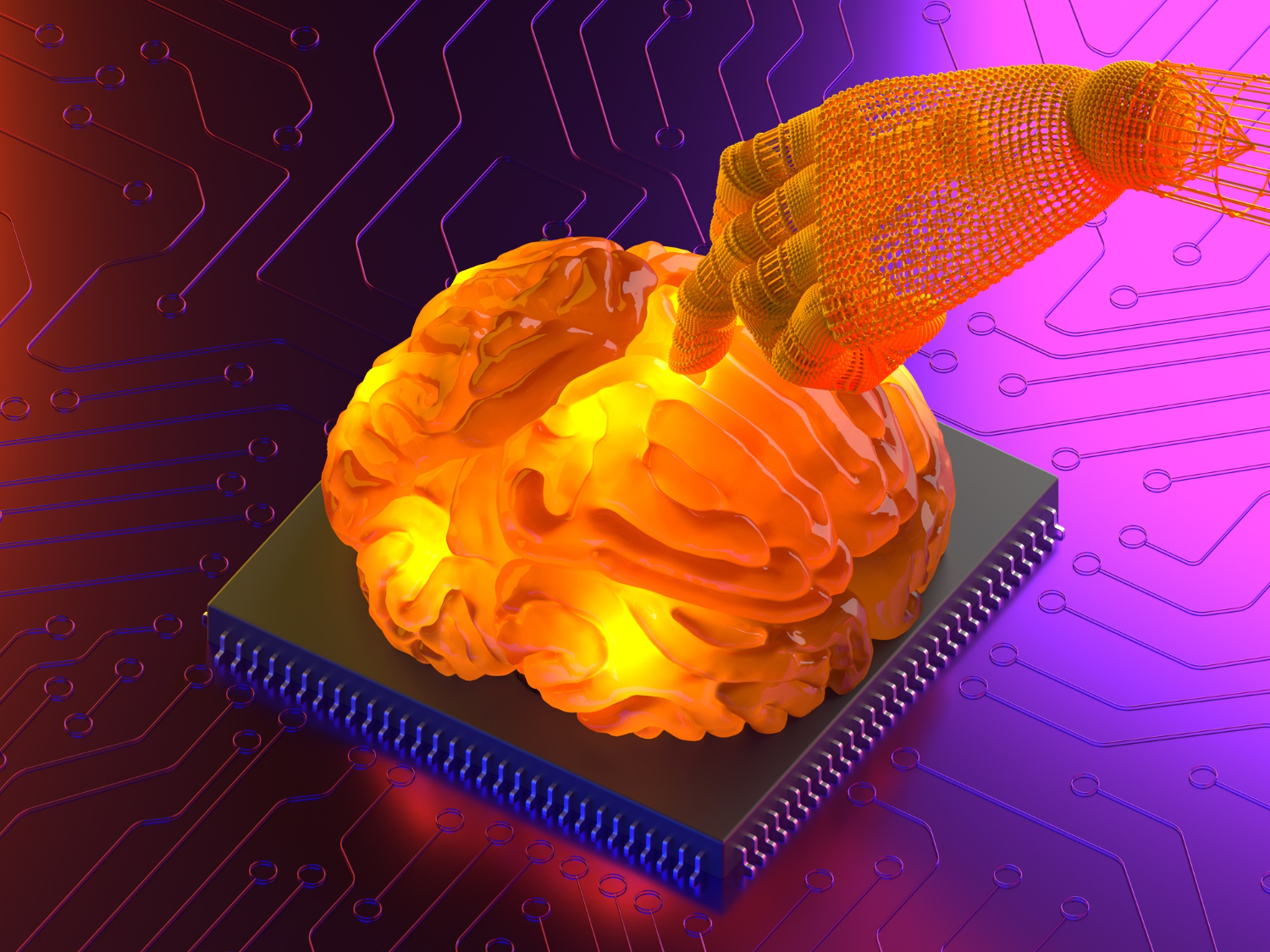GPT (Generative Pre-trained Transformer) and LLM (Large Language Model) differ primarily in their scope and application. GPT is a specific type of LLM developed by OpenAI, designed to generate human-like text based on the input it receives. LLM, on the other hand, is a broader term encompassing various models, including GPT, that are trained on vast amounts of text data to understand and generate language.
GPT focuses on generating coherent and contextually relevant text, making it ideal for tasks like content creation, chatbots, and language translation. LLMs, while also capable of these tasks, are often used in more diverse applications, such as summarization, question answering, and code generation. The key difference lies in the specialization of GPT versus the general capabilities of LLMs.
Another distinction is in the training data and architecture. GPT models are trained on a diverse range of internet text, which helps them generate versatile and contextually accurate content. LLMs may be trained on more specialized datasets depending on their intended use. This difference in training data can impact the quality and relevance of the generated content.
Lastly, the performance and scalability of GPT and LLMs can vary. GPT models, especially the latest versions like GPT-4, are known for their impressive performance in generating high-quality text. LLMs, depending on their size and training, can offer varying levels of performance.
How does the training data impact GPT and LLM performance?

Training data plays a crucial role in the performance of both GPT and LLMs. For GPT, the diverse range of internet text used in training helps it generate versatile and contextually accurate content. This broad dataset allows GPT to understand and mimic various writing styles, tones, and contexts, making it highly adaptable for different content generation tasks.
In contrast, LLMs can be trained on more specialized datasets tailored to specific applications. For example, an LLM designed for medical text generation might be trained in medical journals and literature. This specialized training can enhance the model’s performance in its intended domain but may limit its versatility compared to GPT.
Moreover, the size of the training dataset influences the model’s performance. Larger datasets generally lead to better performance, as the model has more information to learn from. However, this also requires more computational resources and longer training times, which can be a consideration for businesses with limited resources.
What are the computational requirements for GPT and LLM?
Computational requirements for GPT and LLMs can vary significantly based on the model’s size and complexity. GPT-3, for instance, is a large model with 175 billion parameters, requiring substantial computational power for both training and inference. This makes it more suitable for companies with access to high-performance computing resources.
LLMs, depending on their size, can have varying computational requirements. Smaller LLMs may be more accessible for businesses with limited resources, while larger models, similar to GPT-3, will require significant computational power. The choice of model size should align with the companies’ available resources and the specific use case.
Cloud-based solutions can help mitigate some of the computational challenges. Many AI service providers offer access to powerful models like GPT-3 through APIs, allowing businesses to leverage these models without investing in expensive hardware.
Additionally, optimizing the model’s performance through techniques like model pruning, quantization, and distillation can help reduce computational requirements. These techniques can make the models more efficient, enabling their use on less powerful hardware without significantly compromising performance.
How do GPT and LLMs handle context and coherence in content generation?
GPT models, particularly the latest versions, excel in maintaining context and coherence over long passages of text. This is achieved through their transformer architecture, which allows them to consider the entire input sequence when generating text.
LLMs, depending on their design and training, can also handle context and coherence well. However, their performance may vary based on the specific model and its training data. Models trained on diverse and high-quality datasets are more likely to generate coherent and contextually appropriate content.
One challenge in maintaining context and coherence is the model’s ability to handle long-term dependencies. GPT models address this through techniques like attention mechanisms, which help the model focus on relevant parts of the input sequence. This allows GPT to generate text that is not only contextually relevant but also coherent over longer passages.
LLMs may use similar techniques, but their effectiveness can depend on the model’s size and training. Larger models with more parameters generally perform better in maintaining context and coherence.
What are the practical applications of GPT and LLMs in content generation?

GPT and LLMs have a wide range of practical applications in content generation. GPT, with its ability to generate coherent and contextually relevant text, is ideal for tasks like creating blog posts, articles, and social media content. It can also be used for generating product descriptions, email templates, and other marketing materials.
LLMs, with their broader capabilities, can be used in more diverse applications. For example, they can be used for summarizing long documents, answering questions, and generating code. In the medical field, LLMs can assist in generating medical reports and literature reviews. In the legal field, they can help draft legal documents and contracts.
Another practical application of GPT and LLMs is in chatbots and virtual assistants. These models can generate human-like responses, making them suitable for customer service and support. They can also be used in educational tools to provide personalized learning experiences and generate educational content.
Moreover, GPT and LLMs can be used in creative applications, such as generating poetry, stories, and other forms of creative writing. They can also assist in developing scripts for videos and podcasts, providing a valuable tool for content creators and marketers.
For more insights on OpenAI’s latest research and the future of AI, check out our pillar article: GPT or LLM: OpenAI’s Latest Research and the Future of AI.
- The Agentic Startup Manifesto - June 8, 2025
- Remote Hiring in 2025 - April 5, 2025
- Burnout in Remote Teams: How It’s Draining Your Profits - January 27, 2025
